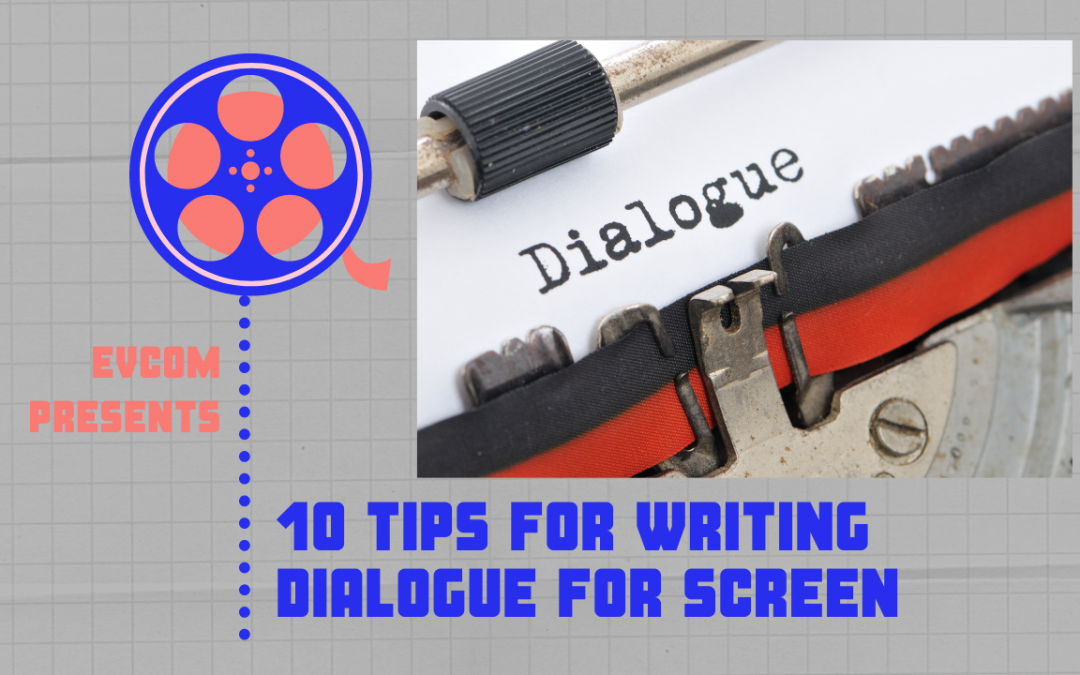Dialogue is like marmite: you either love writing it or you hate writing it. But however you feel about it, it’s an essential part of writing for screen. So we have pulled together some top tips to help you with your dialogue writing!
- The unsaid is important as the said. Your characters will say as much with their body language and their expressions as they will with their words.
- People don’t always say what they mean. Let your character’s lie, tell half-truths, say things they don’t mean.
- Dialogue isn’t the space for clunky exposition. If there are things you need to explain to set up your story, try to scatter them through your opening scenes and build them into your dialogue in a natural way. We don’t need to know everything immediately, and delivering it to us like that will be hard to believe and stilt the pace of your dialogue.
- Consider motivation. What is motivating your character to speak? What do they want? What will they do to get it?
- Create different voices for your characters. Not all of your characters will speak the same way. How can you differentiate the voices of your characters? Think about vocal ticks they might have. What terms of endearment do they use? Do they pepper their sentences with ‘like’ and ‘um’?
- Listen to the voices of people around you, to people talking on the train, or waiting at the same bus stop as you. Pay attention to the rhythm of people’s sentences, how fast they speak, how much they repeat themselves.
- Avoid monologues. Sometimes a monologue is exactly what you need, but most speech is full of back and forth exchanges, people cutting it. Don’t be afraid to play with interruptions.
- Less is more. When you’ve written a first draft of your scene, go back through and see what you can cut. Is there something you’ve communicated through dialogue that you could communicate through an action instead?
- Read your scene aloud. Read it yourself first, and see which sentences flow and which sentences break in your mouth. Then ask a friend to read it to you. You are writing this to be spoken, so it’s crucial to find out if it works.
- Make the most of your stage directions. Fill these will silence, with expressions, with tone of voice, with actions. One character opening up to another character can be completely changed, if the person they are telling turns away from them and begins to unload the dishwasher as the other person is trying to share something important.


